Many mushroom enthusiasts wonder if they can grow new mushrooms from dried specimens they've purchased or preserved. While the idea seems logical—after all, many plants can be grown from dried seeds—the reality of mushroom propagation is more complex and fascinating than most people realize.
The short answer is that growing mushrooms directly from dried mushrooms is extremely challenging and rarely successful for home growers. However, understanding why this is the case, along with exploring viable alternatives, opens up a world of possibilities for successful mushroom cultivation at home.
This comprehensive guide explores the science behind mushroom reproduction, explains why dried mushrooms present unique challenges, and provides proven alternatives that will help you achieve successful mushroom cultivation results.
Understanding Mushroom Biology and Reproduction
How Mushrooms Actually Reproduce
Unlike plants that produce seeds, mushrooms reproduce through microscopic spores that function similarly to seeds but with crucial differences. These spores are released from mature mushroom fruiting bodies and must find suitable conditions to germinate and develop into mycelium—the vegetative part of the fungus.
Fresh mushrooms release millions of spores when they reach maturity, but these spores have specific viability requirements. They need proper moisture, temperature, nutrients, and timing to successfully germinate and establish new fungal colonies.

The Drying Process and Its Effects
When mushrooms are dried for preservation, the process typically involves removing 85-95% of their moisture content. This dehydration process affects spore viability in several ways:
Temperature Impact: Most commercial drying processes use temperatures between 135-160°F (57-71°C), which can damage or kill viable spores. Even lower-temperature drying can reduce spore viability over time.
Moisture Loss: Spores require specific moisture levels to remain viable. The extreme dehydration during the drying process can damage cellular structures within the spores, reducing their ability to germinate successfully.
Storage Conditions: Dried mushrooms are often stored in conditions that further reduce spore viability, including exposure to light, air, and temperature fluctuations.
Challenges of Growing from Dried Mushrooms
Spore Viability Issues
The primary challenge with growing mushrooms from dried specimens is spore viability. While some spores may survive the drying process, the percentage of viable spores is typically very low. This dramatically reduces the chances of successful germination and subsequent mushroom development.
Professional mycologists sometimes work with dried specimens, but they use specialized techniques and equipment not available to home growers. They also work with fresh spore prints rather than attempting to extract viable spores from dried mushroom tissue.
Contamination Risks
Dried mushrooms, especially those purchased commercially, may carry various contaminants that can interfere with cultivation attempts. These contaminants can include:
-
Bacteria from handling and processing
-
Competing fungi from storage environments
-
Chemical residues from preservation treatments
-
Dust and debris from packaging and transport
Technical Limitations
Home growers typically lack the sterile laboratory conditions necessary for working with potentially viable spores from dried mushrooms. Professional mycologists use laminar flow hoods, sterile techniques, and specialized media to maximize success rates even with fresh materials.
Alternative Methods for Home Mushroom Cultivation
Spore Prints and Syringes
Instead of working with dried mushrooms, serious cultivators use spore prints or spore syringes. These are collected from fresh, mature mushrooms under sterile conditions and stored properly to maintain viability.
Spore Print Collection:
-
Select mature mushrooms with fully opened caps
-
Remove the stem and place cap gill-side down on sterile paper
-
Cover with a clean container and wait 12-24 hours
-
Store resulting spore print in sterile conditions
Spore Syringe Preparation: Spore syringes contain spores suspended in sterile water, making them easier to use for inoculation. They're available commercially or can be prepared from fresh spore prints using sterile techniques.
Liquid Culture Systems
Liquid culture represents one of the most effective methods for mushroom propagation. This technique involves growing mushroom mycelium in a nutrient-rich liquid medium, providing several advantages over spore-based cultivation:
-
Faster colonization times
-
Higher success rates
-
Reduced contamination risk
-
Scalable production methods
Tissue Culture Methods
Advanced growers sometimes use tissue culture techniques, which involve taking sterile tissue samples from fresh mushrooms and growing them on specialized media. This method bypasses the spore germination process entirely and can produce viable mycelium for cultivation.
Tissue Culture Process:
-
Select healthy, fresh mushroom specimens
-
Extract sterile tissue samples from the interior
-
Place samples on nutrient agar plates
-
Incubate under controlled conditions
-
Transfer resulting mycelium to growing substrates
Proven Alternatives for Successful Mushroom Growing
Commercial Grow Kits
For beginners interested in mushroom cultivation, mushroom grow kits provide the most reliable starting point. These kits contain pre-colonized substrates with healthy mycelium ready to fruit, eliminating the challenges of spore germination and early cultivation stages.
Grow Kit Advantages:
-
Immediate results (mushrooms in 7-14 days)
-
No sterile techniques required
-
High success rates for beginners
-
Educational value for learning mushroom biology
Grain Spawn Production
More experienced cultivators often work with grain spawn, which consists of sterilized grains inoculated with mushroom mycelium. This method provides the foundation for larger-scale cultivation projects and can be used to inoculate various substrates.
Common Grain Types:
-
Rye berries (preferred for most species)
-
Wheat berries (economical alternative)
-
Millet (smaller grain size for some applications)
-
Brown rice (readily available option)
Substrate Inoculation
Once you have viable mycelium from spores, liquid culture, or tissue culture, you can inoculate various substrates depending on the mushroom species you're growing:
Wood-Loving Species:
-
Hardwood sawdust
-
Straw and wood chip mixtures
-
Log cultivation methods
Saprophytic Species:
-
Straw-based substrates
-
Composted materials
-
Supplemented sawdust mixtures
Success Factors for Home Cultivation
Sterile Technique Importance
Regardless of your chosen cultivation method, maintaining sterile conditions is crucial for success. Contamination is the primary cause of cultivation failure, making proper technique essential.
Basic Sterile Practices:
-
Work in clean, draft-free environments
-
Sterilize tools and containers
-
Use alcohol wipes for surface disinfection
-
Wear clean gloves and masks
-
Flame sterilize inoculation tools
Environmental Control
Successful mushroom cultivation requires controlling several environmental factors:
Temperature: Most mushroom species have specific temperature requirements for both mycelium growth and fruiting. Maintaining consistent temperatures within these ranges is crucial for success.
Humidity: Mushrooms require high humidity levels (80-95%) during fruiting, but lower humidity during colonization phases. Proper humidity control prevents contamination while promoting healthy growth.
Air Exchange: Fresh air exchange removes carbon dioxide buildup and provides oxygen necessary for healthy mushroom development. Too little air exchange can cause malformed mushrooms, while too much can dry out the growing environment.
Choosing the Right Species
Some mushroom species are more forgiving for beginning cultivators than others. Consider starting with easier species before attempting more challenging varieties:
Beginner-Friendly Species:
-
Oyster mushrooms (Pleurotus species)
-
Shiitake (Lentinula edodes)
-
Lion's mane (Hericium erinaceus)
-
Wine cap mushrooms (Stropharia rugosoannulata)
Advanced Techniques for Experienced Growers
Agar Work and Isolation
Advanced cultivators often work with agar plates to isolate and purify mushroom strains. This technique allows for selecting the best-performing genetics and maintaining clean cultures over time.
Agar Preparation:
-
Prepare malt extract agar (MEA) medium
-
Sterilize in pressure cooker or autoclave
-
Pour plates in sterile environment
-
Allow to cool and solidify before use
Strain Selection and Improvement
Working with multiple strains of the same species allows cultivators to select for desired characteristics such as:
-
Faster growth rates
-
Higher yields
-
Better flavor profiles
-
Improved shelf life
-
Disease resistance
Scaling Up Production
Once you've mastered basic cultivation techniques, you can scale up production using various methods:
Bulk Substrate Preparation:
-
Large-scale sterilization techniques
-
Automated inoculation systems
-
Climate-controlled growing environments
-
Harvest and processing optimization
For those interested in expanding their cultivation knowledge, our turkey tail mushroom cultivation guide provides detailed information about growing medicinal mushroom species.
FAQ Section
Q: Can I extract viable spores from store-bought dried mushrooms? A: While theoretically possible, the success rate is extremely low. The drying process typically damages or kills most spores, and store-bought mushrooms may contain preservatives or contaminants that further reduce viability.
Q: What's the best alternative to growing from dried mushrooms? A: For beginners, mushroom grow kits provide the most reliable results. More experienced growers can work with spore prints, liquid cultures, or tissue cultures from fresh mushrooms.
Q: How long do mushroom spores remain viable? A: Properly stored spore prints can remain viable for 1-2 years, while spore syringes typically last 6-12 months when refrigerated. Spores from dried mushrooms have significantly reduced viability.
Q: Is it legal to grow mushrooms from spores at home? A: Yes, growing culinary and medicinal mushrooms from spores is legal in most jurisdictions. However, always verify local regulations, as some areas may have restrictions on certain species.
Q: What equipment do I need to start mushroom cultivation? A: Basic equipment includes sterile containers, growing medium, spray bottles for misting, and thermometer/hygrometer for monitoring conditions. Advanced setups may include pressure cookers, laminar flow hoods, and automated climate control systems.
Summary
Growing mushrooms from dried mushrooms is technically possible but practically challenging for home cultivators due to low spore viability and contamination risks. The drying process typically damages or kills most viable spores, making success rates extremely low. Instead, successful mushroom cultivation relies on fresh spore prints, liquid cultures, tissue culture methods, or commercial grow kits that provide proven, viable starting materials.
For beginners, starting with commercial grow kits offers the best chance of success while learning fundamental mushroom biology. Advanced cultivators can explore spore work, liquid culture systems, and tissue culture techniques for more comprehensive cultivation projects.
Ready to start your mushroom growing journey with proven methods? Explore our beginner-friendly mushroom grow kits and discover how easy it can be to grow fresh, gourmet mushrooms at home. With the right tools and techniques, you'll be enjoying homegrown mushrooms in just weeks rather than struggling with the challenges of dried mushroom propagation.

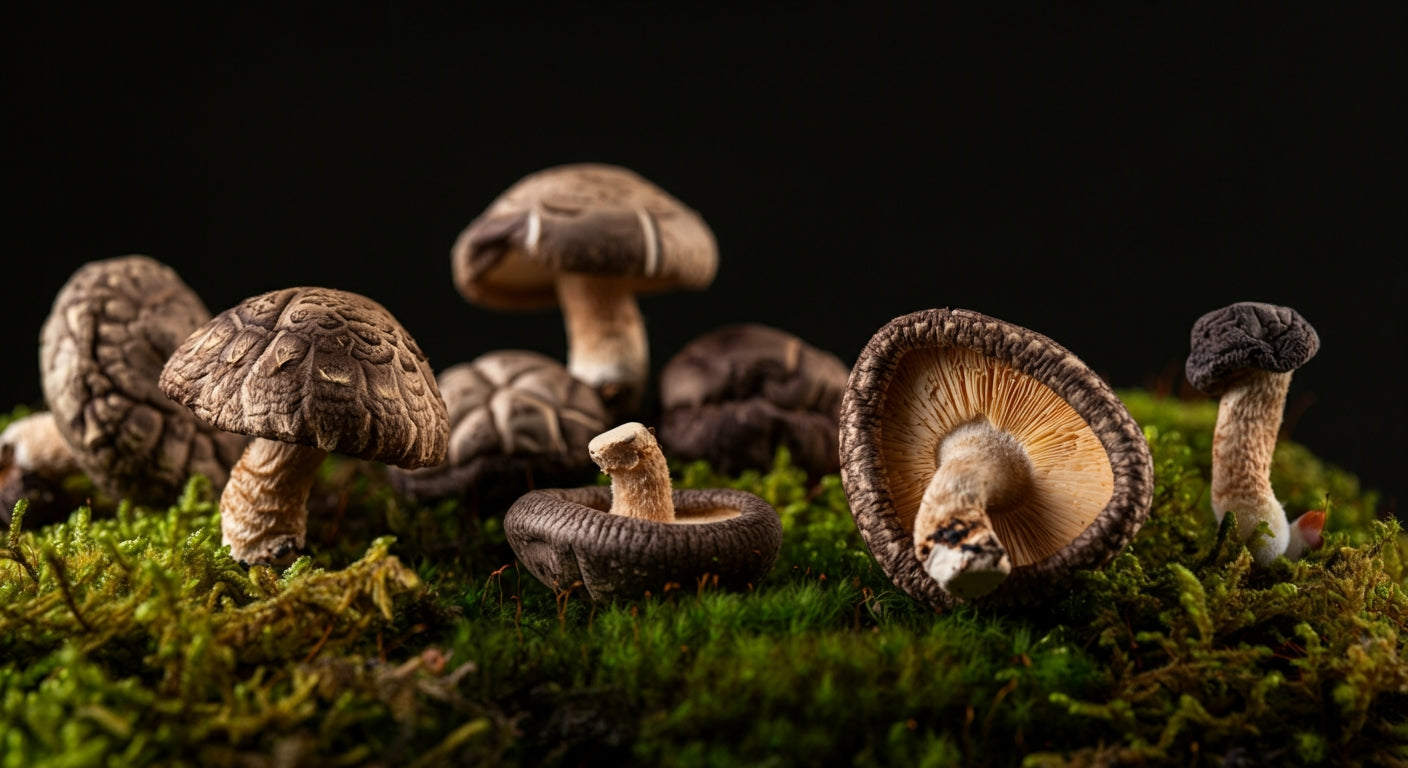




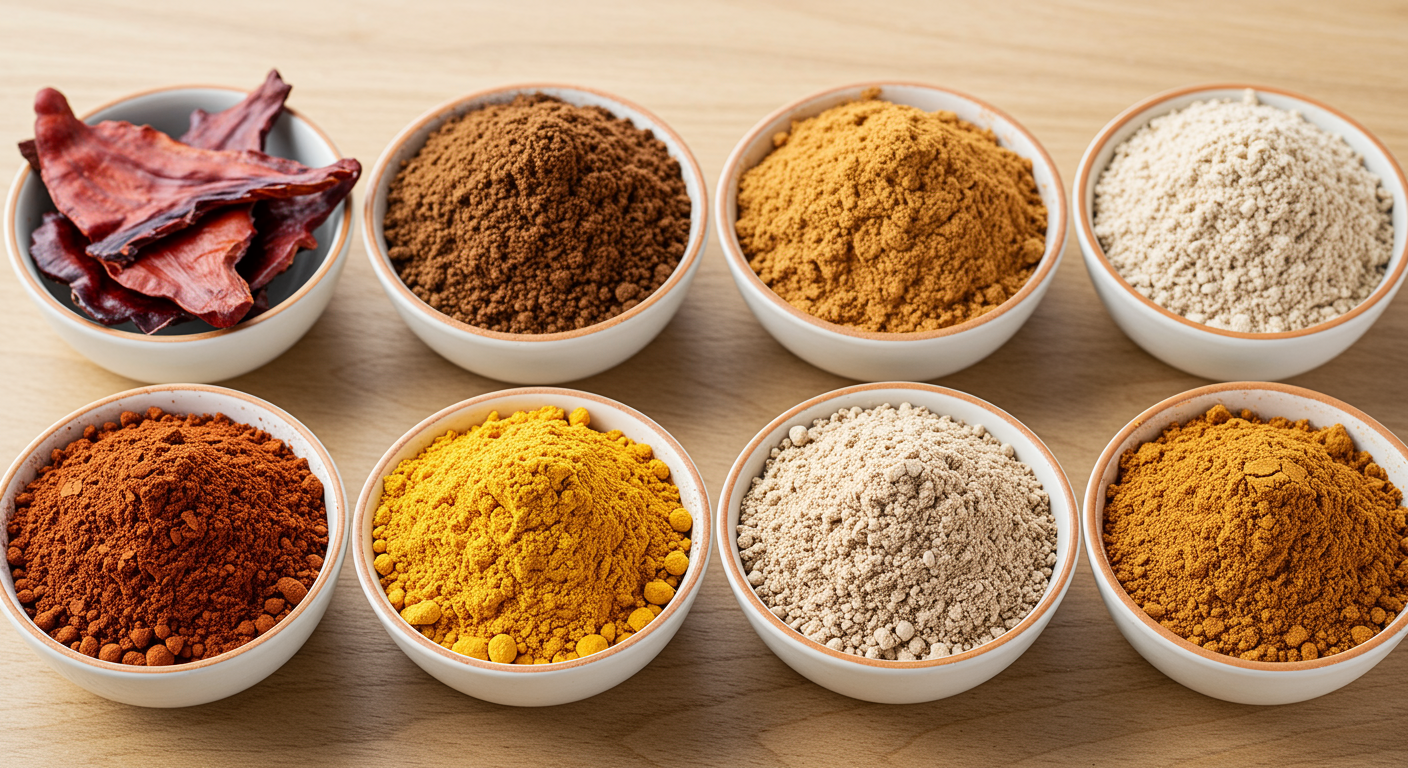

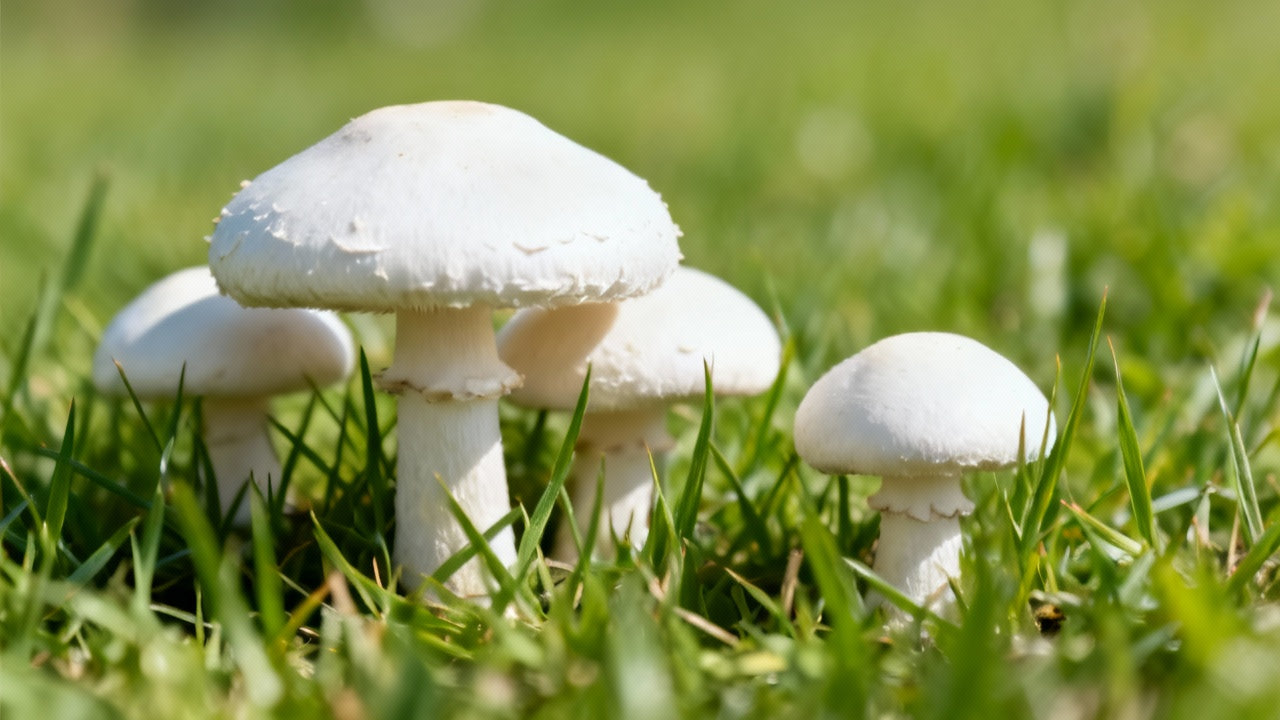
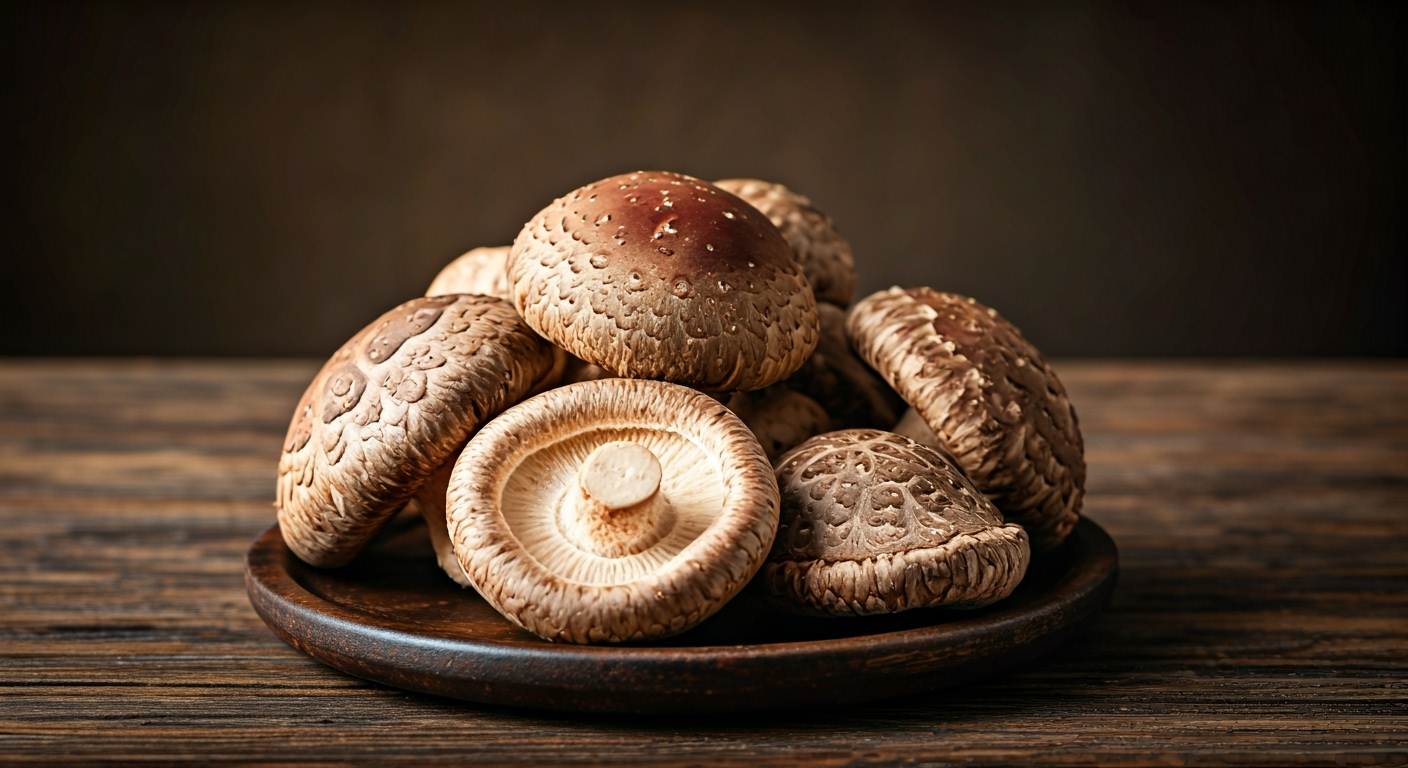
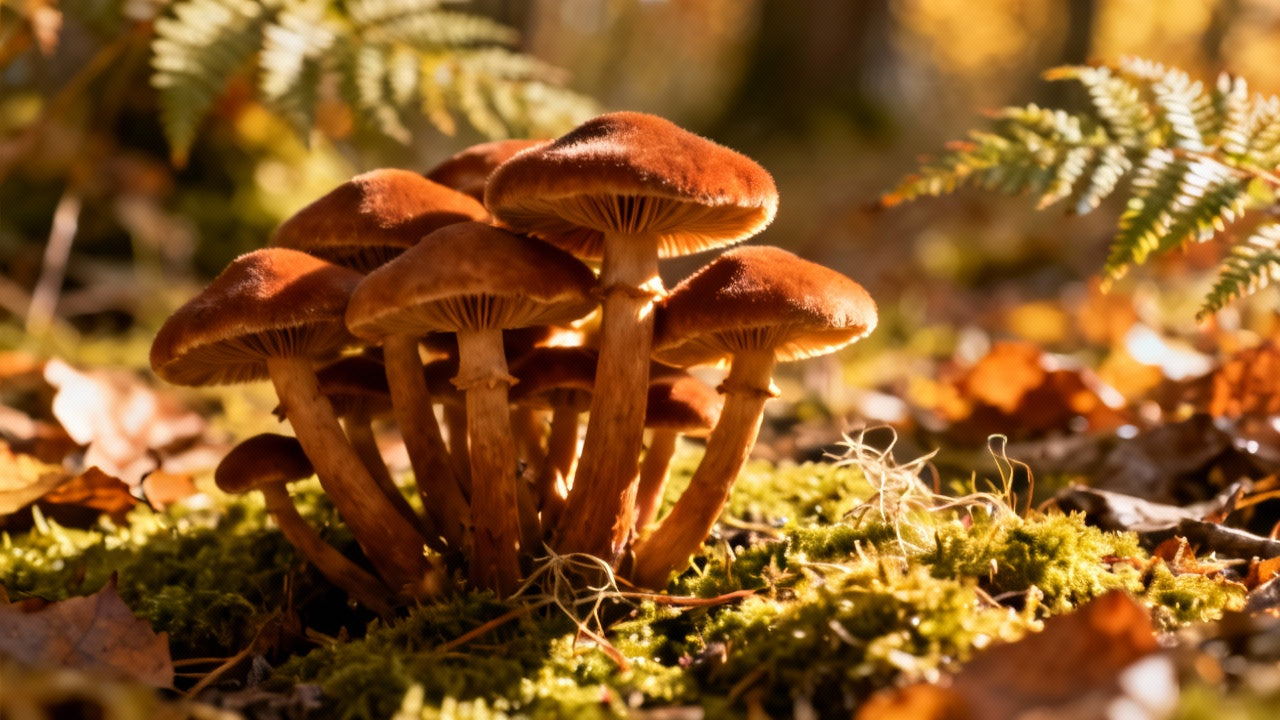
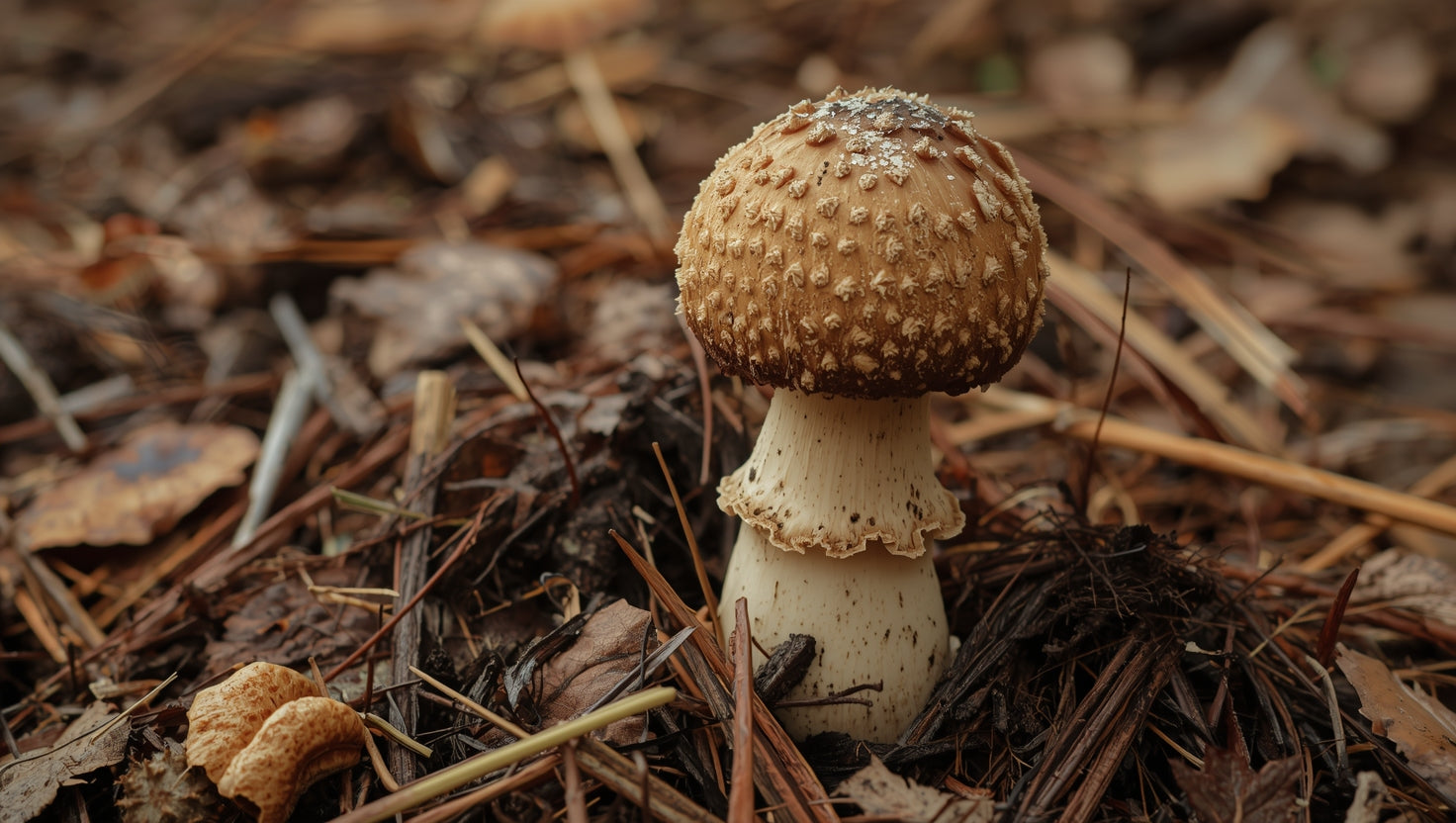
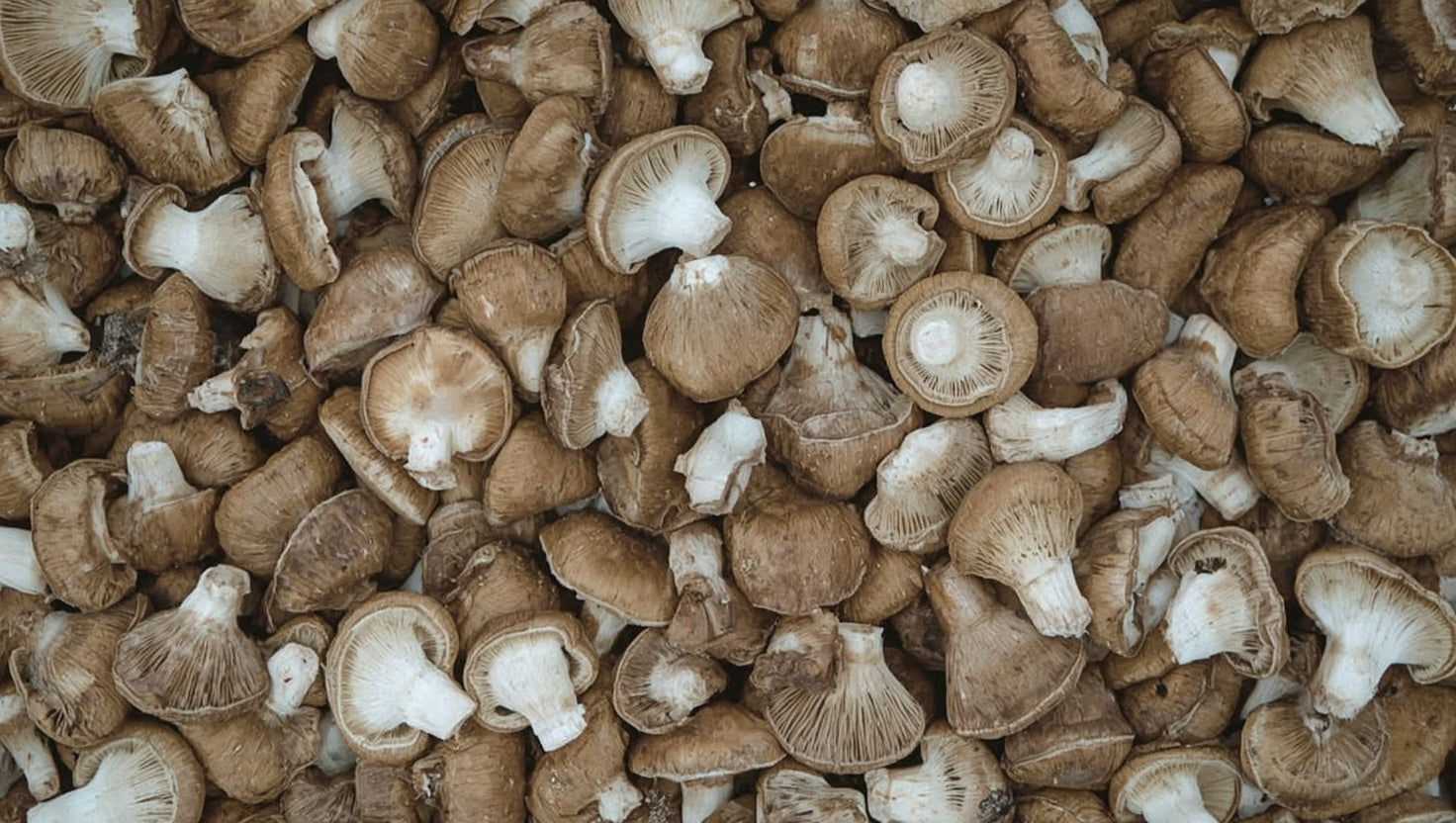

Share:
How to Store Lion's Mane Mushrooms: Your Complete Preservation Guide
Do Mushrooms Grow on Trees? Your Complete Guide to Tree-Growing Mushrooms